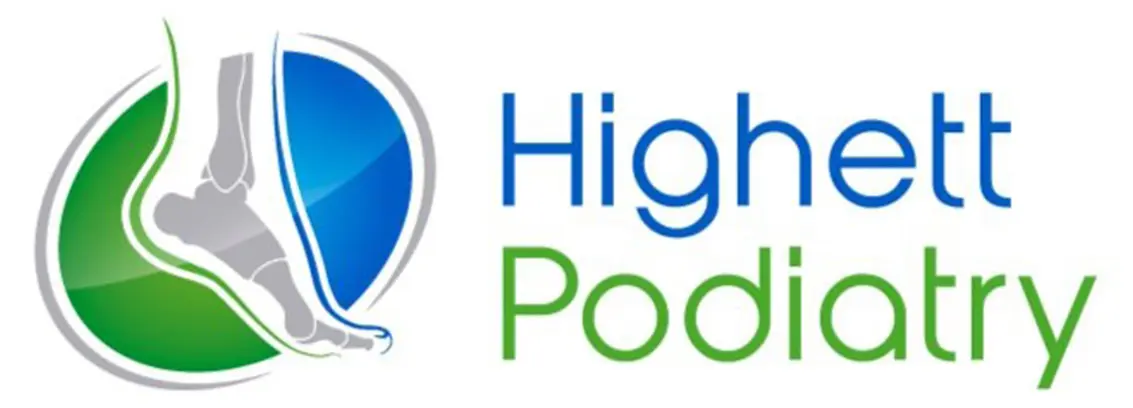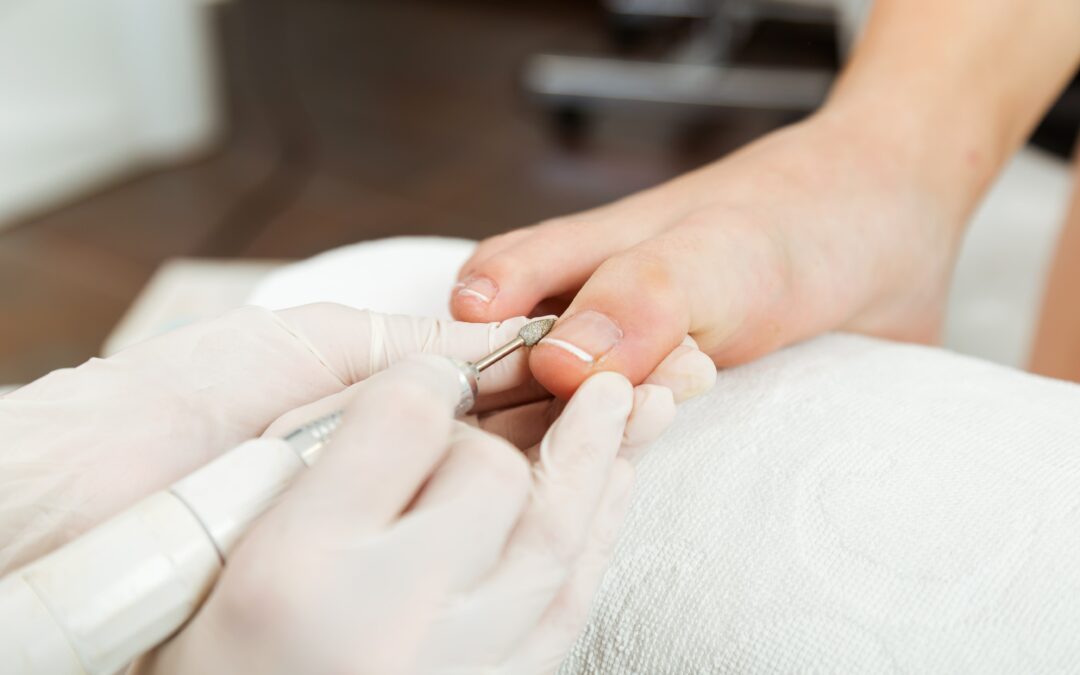Pedicures, while relaxing and aesthetically pleasing, pose several potential dangers. Inadequate hygiene practices in salons can lead to fungal or bacterial infections. Tools, footbaths, or whirlpool chairs may harbor harmful microorganisms if not properly sanitized, increasing the risk of infections.
Inexperienced or overly aggressive nail technicians may inadvertently cause ingrown toenails, cuts, or abrasions. The use of sharp instruments can lead to injuries and the risk of bleeding. Additionally, harsh chemicals in nail polishes and removers may trigger allergic reactions or skin irritations. To mitigate these dangers, choose reputable salons with stringent sanitation protocols, and communicate your preferences and concerns with the technician.
Pedicures can be a relaxing and enjoyable self-care ritual, but they also come with potential risks and health concerns associated with getting a pedicure that people should be aware of to ensure their safety and well-being.
What are the potential dangers of a pedicure?
Infections:
- Fungal Infections: One of the most significant risks of pedicures is the potential for fungal infections. Fungi thrive in warm, moist environments, making nail salons a potential breeding ground. If the tools or footbaths are not adequately cleaned and disinfected between clients, fungal infections like athlete’s foot and toenail fungus can be easily transmitted.
- Bacterial Infections: Bacterial infections can also occur if instruments and equipment are not sanitized properly. Open wounds, cuts, or nicks during the pedicure process can expose the skin to harmful bacteria, leading to infections that range from minor irritations to more serious conditions like cellulitis.
Ingrown Toenails:
- Ingrown toenails occur when the edge of the toenail grows into the surrounding skin, causing pain, swelling, and infection. Improper cutting or excessive filing of the toenails during a pedicure can contribute to this problem.
Cuts and Abrasions:
- The use of sharp tools during a pedicure, such as cuticle clippers or metal files, carries the risk of accidental cuts or abrasions. These injuries can be painful and increase the risk of fungal nail infections, especially if proper hygiene is not maintained.
Allergic Reactions:
- Nail polishes, removers, and other products used in pedicures may contain harsh chemicals and allergens that can trigger allergic reactions. These reactions can manifest as skin redness, itching, swelling, or hives. Allergic responses may also be caused by nail adhesives and acrylic materials.
Skin Irritations:
- Prolonged soaking of the feet during pedicures can strip the skin of its natural oils, leading to dryness, redness, and itching. Harsh scrubs and exfoliants can also cause irritation and exacerbate skin conditions.
Calluses and Corns:
- While the removal of calluses and corns is often a goal of pedicures, overaggressive filing or cutting can lead to painful and potentially dangerous outcomes. If too much skin is removed, it can result in bleeding, infection, and, in severe cases, foot ulcers.
Nail Damage:
- Frequent pedicures that involve the application and removal of nail polish and artificial nails can weaken and damage the natural nails over time. This can result in thinning, peeling, or brittleness.
Footbath Contamination:
- Whirlpool footbaths, while soothing, can be a hidden source of danger. If not properly cleaned and disinfected between clients, these footbaths can harbor bacteria and fungi, potentially leading to infections.
Foot Pain and Discomfort:
- Pedicure procedures, particularly when done incorrectly or excessively, can lead to foot pain, discomfort, and even long-term structural issues. Overzealous foot massages or excessive pressure during scrubbing can cause muscle soreness or bruising.
Bloodborne Infections:
- There is a potential risk of bloodborne infections if the pedicurist accidentally cuts the client’s skin, especially in the presence of any open wounds or sores. Bloodborne pathogens, including hepatitis B, hepatitis C, and HIV, can be transmitted through contaminated tools or equipment.
Chemical Exposure:
- Nail technicians often work with various chemicals, including acrylics, gels, and polishes, which can emit fumes containing potentially harmful volatile organic compounds (VOCs). Chronic exposure to these chemicals may have health consequences for both clients and salon workers.
Non-Sterile Tools:
- Pedicure tools, such as cuticle pushers, clippers, and files, must be properly sterilized to prevent infections. Non-sterile tools can introduce bacteria and fungi into the skin and nails.
Lack of Training:
- Inexperienced or untrained nail technicians may not be aware of proper techniques and safety protocols, increasing the likelihood of mistakes and accidents during the pedicure process.
Long-Term Foot Health Issues:
- Prolonged, frequent pedicure sessions can lead to long-term foot health issues, including weakened toenails, altered gait patterns, or other structural problems related to foot posture and muscle imbalances.
How to minimise the dangers associated with pedicures?
- Choose reputable and licensed salons with a strong emphasis on hygiene and sanitation.
- Ask about the salon’s cleaning and disinfection protocols for tools and equipment.
- Avoid pedicures if you have open wounds, cuts, or fungal infections on your feet.
- Inform your technician of any allergies or sensitivities to nail products.
- Limit the frequency of pedicures, and allow your nails and skin to recover between sessions.
- Consider bringing your own nail tools and equipment for added peace of mind.
- Be vigilant about the salon’s overall cleanliness and safety practices.
- Seek immediate medical attention for any signs of infection, unusual reactions, or persistent foot problems after a pedicure.
By being informed and cautious, individuals can enjoy the benefits of pedicures while reducing the associated risks and potential dangers to their foot health and overall well-being.
Are fungal infections a common risk associated with pedicure?
Fungal infections are a common risk associated with pedicure practices, primarily due to the warm and moist salon environment and shared tools. To minimize this risk, it is crucial for clients to choose salons with stringent cleanliness standards and for technicians to adhere to proper hygiene protocols.
What are the common skin conditions that may result from unhygienic pedicure procedures?
Common issues include fungal infections, such as athlete’s foot and toenail fungus, bacterial infections, warts, and even skin irritation caused by exposure to unclean instruments or harsh chemicals.
Are there specific warning signs to look out for during a pedicure to avoid potential dangers?
Yes, it is advisable to watch for inadequate cleanliness practices, such as improperly sanitized tools or visibly dirty foot baths. Additionally, any signs of skin irritation, redness, or discomfort during or after the procedure may indicate potential issues, and clients are advised to communicate any concerns promptly with the technician.

